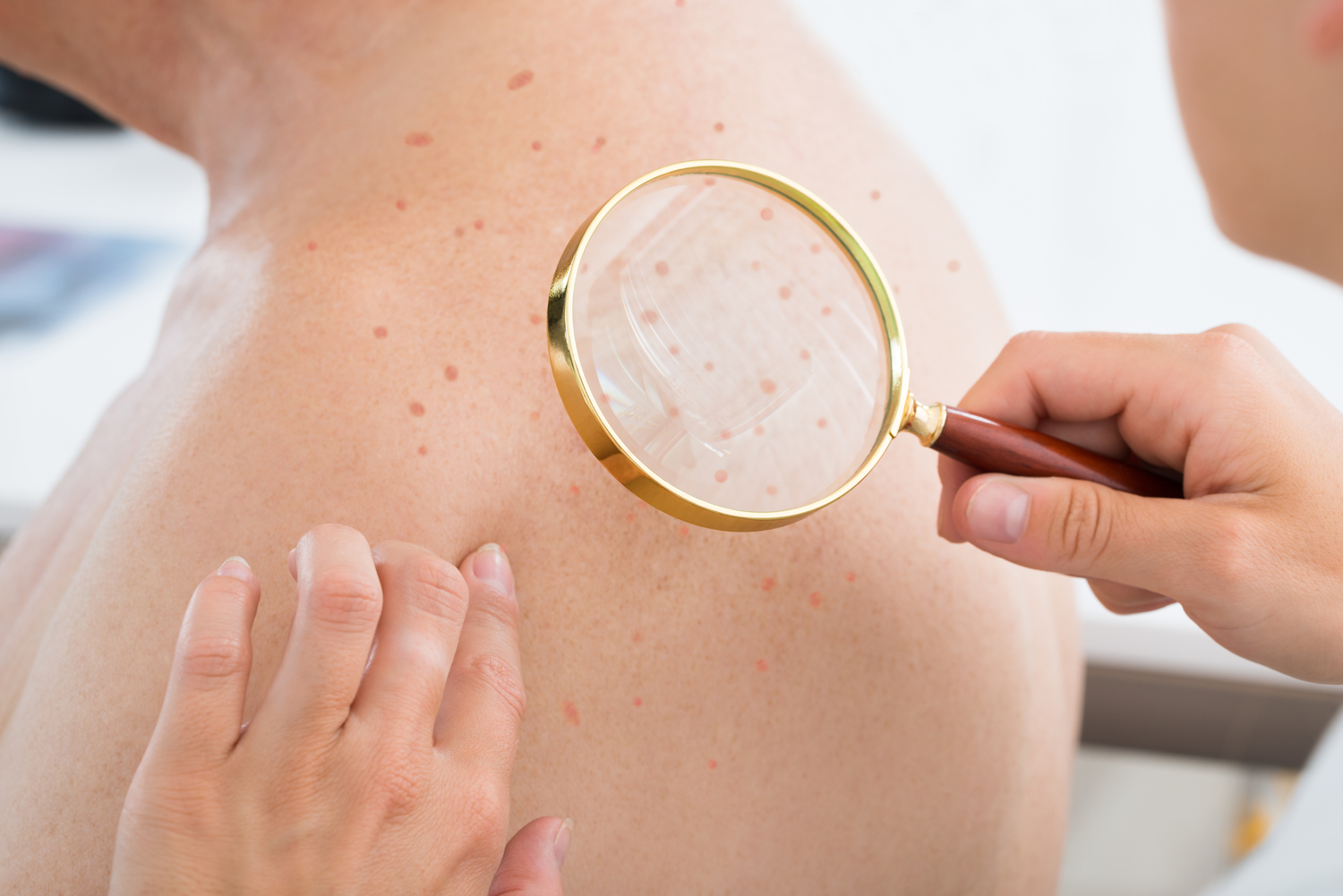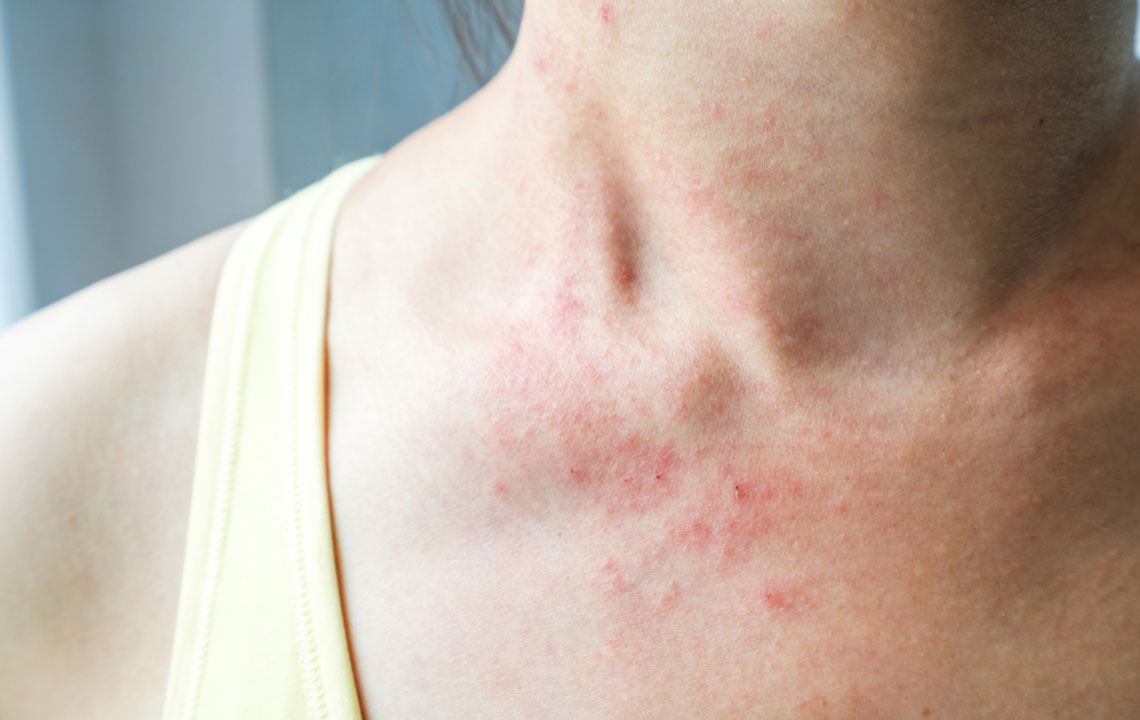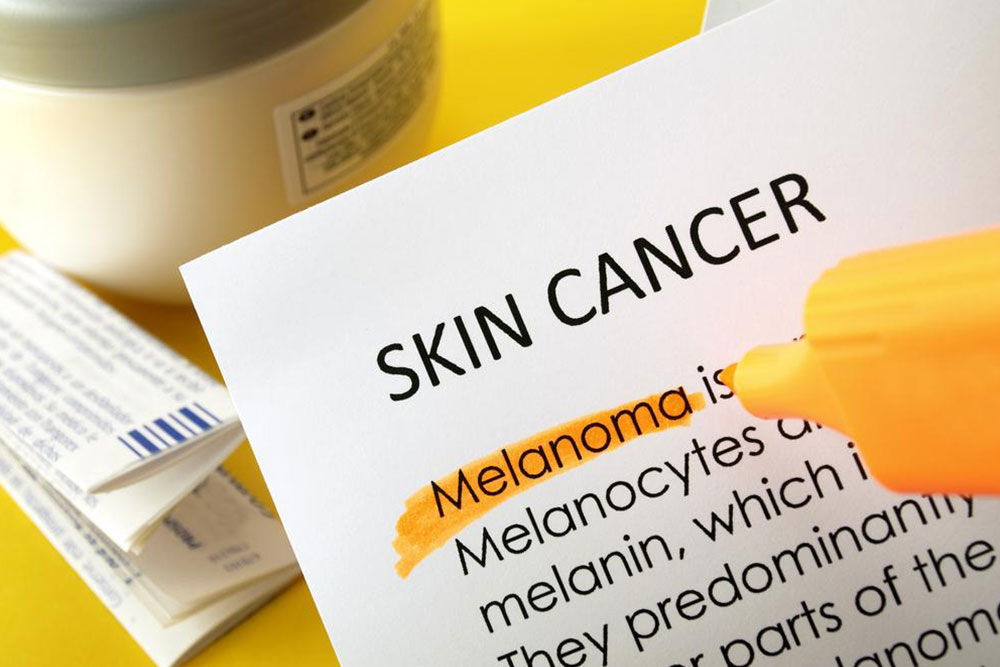Understanding Cellulitis: Causes, Symptoms, and Prevention
This article provides a comprehensive overview of cellulitis, highlighting its causes, symptoms, and prevention strategies. It emphasizes the importance of early detection and proper care to prevent serious health complications associated with bacterial skin infections. Learn how to recognize symptoms promptly and adopt preventive measures to maintain healthy skin and avoid infection.

Understanding Cellulitis: Causes, Symptoms, and Prevention
Cellulitis is a painful skin infection characterized by red, inflamed patches, typically on the legs but also on hands or other areas. It results from bacterial invasion, primarily by staphylococcus and streptococcus bacteria. The infection can spread rapidly if untreated, affecting deeper tissues, blood, or lymph nodes. People with skin conditions like eczema or psoriasis are at higher risk. Minor cuts, insect bites, or surgical wounds often serve as entry points for bacteria. Recognizing early symptoms such as redness, swelling, warmth, tenderness, and fever is crucial for prompt treatment. If symptoms worsen, including the appearance of blisters or red streaks, immediate medical attention is necessary to prevent serious complications like blood infections or tissue damage. Treatment involves antibiotics and elevating the affected area, with hospitalization reserved for severe cases. Preventative measures include diligent wound care, keeping skin moist, and protective clothing during contact sports. Proper hygiene helps reduce risks, safeguarding overall health. Monitoring skin health and seeking early treatment can effectively manage cellulitis and avoid complications.










